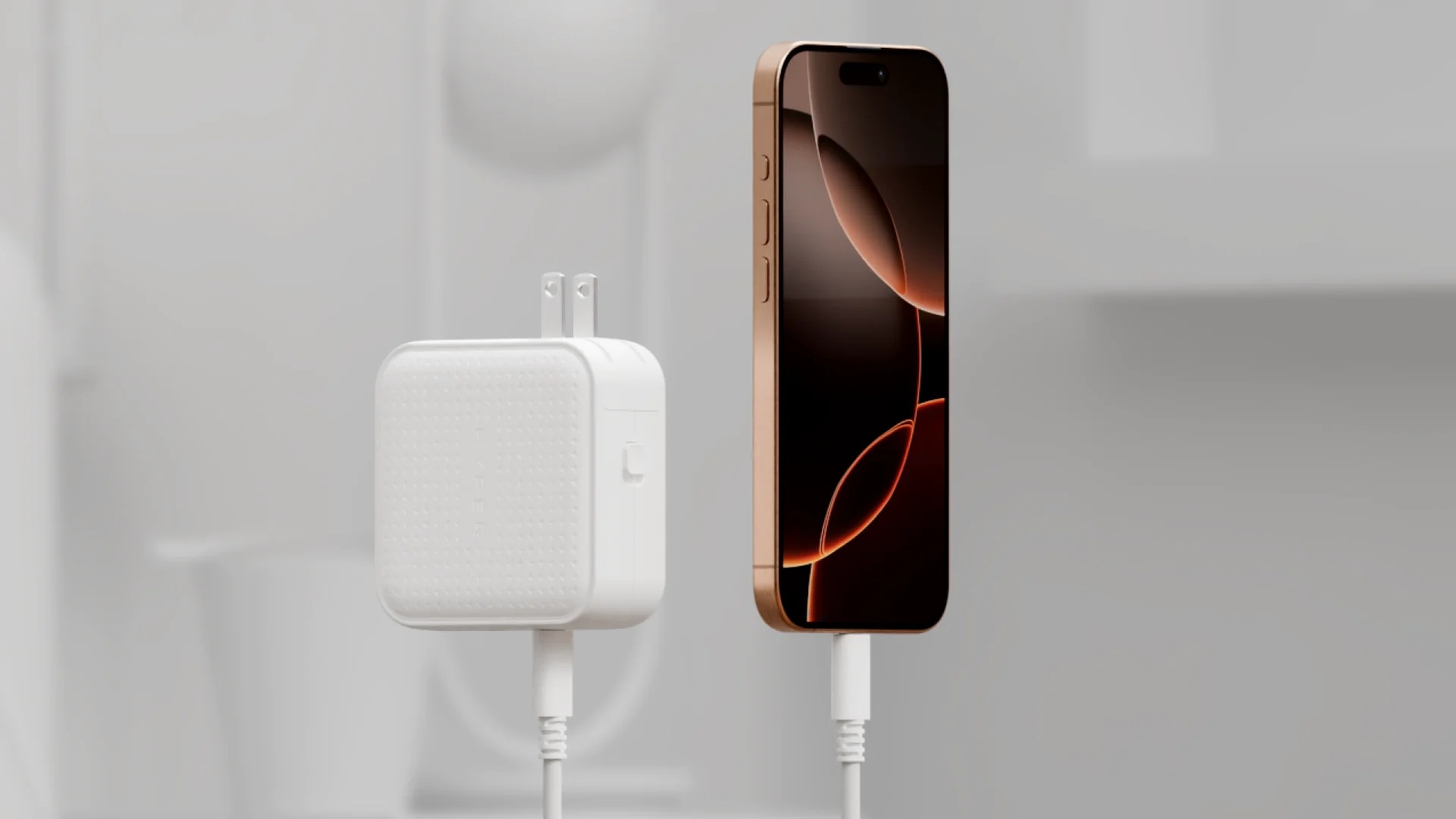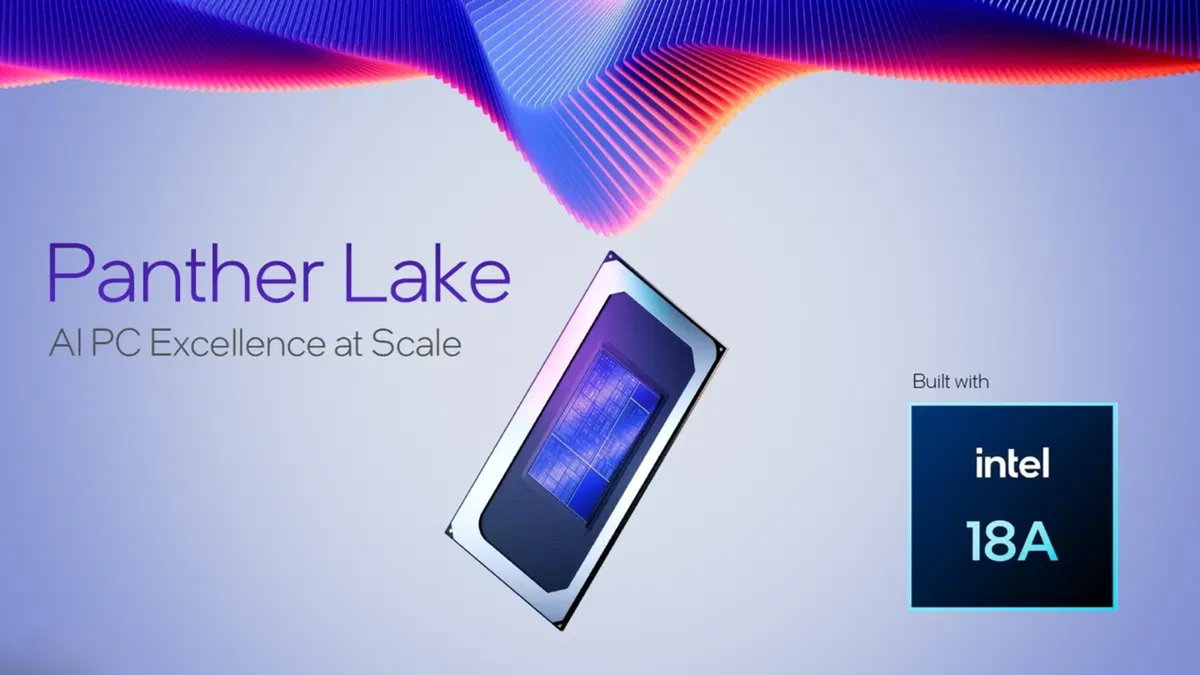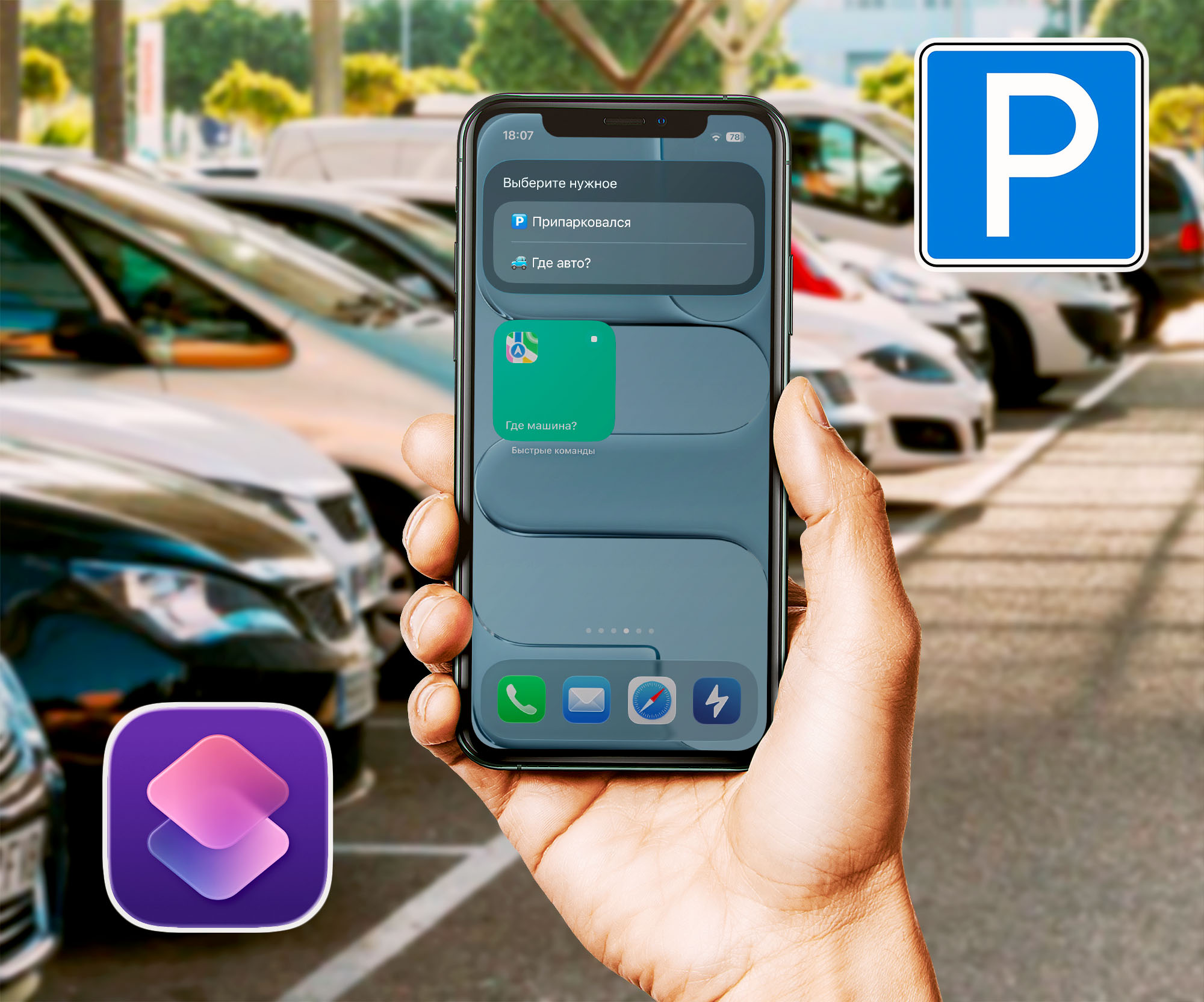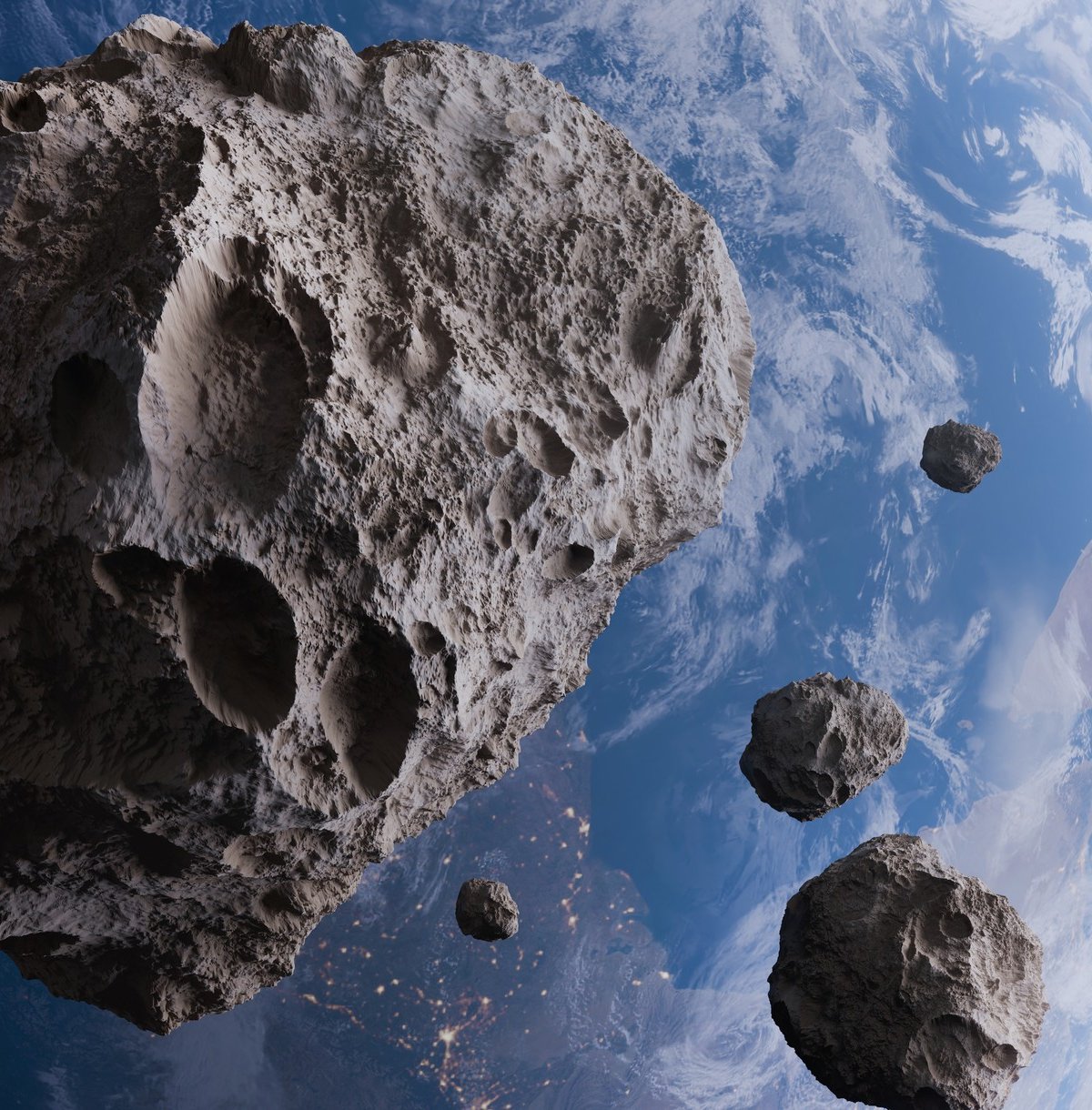The date of the giant asteroid’s impact on the early Earth is often associated with a devastation similar to the extinction of the dinosaurs at the end of the Cretaceous. But one of these huge rocks, called S2 and at least 200 times larger than the tragic Chicxulub asteroid, may have contributed so that life can flourish on our planet.
In a recent study published in the journal PNAS (Proceedings of the National Academy of Sciences), a team of geologists led by Professor Nadja Drabon from the Department of Earth and Planetary Sciences at Harvard University in the US found that a giant impact asteroid provided “transient benefits to early life”.
To prove their theory, the authors meticulously examined the Barberton Greenrock Belt in South Africa, famous for hosting some of the oldest rocks in the world. The idea is Trace the evidence left by the S2 event, which occurred approximately 3.26 billion years agoin sedimentology, geochemistry and carbon isotope compositions.
Reliving the giant meteor crash
To give an idea of what happened when the S2 rock fell to Earth, Drabon compares: “Imagine yourself standing off Cape Cod. [nos EUA]on a shallow water platform. It is a low energy environment without strong currents. Then suddenly a huge tsunami appears, sweeping away everything and tearing apart the bottom of the sea”, he offers in a statement.
Not only did the impact of S2 suddenly trigger a massive tsunami, it also heated the atmosphere and boiled the upper ocean, causing debris to crash into coastal areas. To make matters worse for fledgling living organisms, a thick cloud of dust obscured the Sun, preventing any photosynthetic activity on the planet.
According to the team, the resistant microorganisms quickly adapted and overcame the disaster in a short time. As impact iron was brought from the ocean depths to shore, bacteria that metabolized this element soon evolved.. It is possible that phosphorus, another important element in the metabolism of living organisms, was brought by the meteorite itself.
Effects of S2 on the beginning of life on Earth
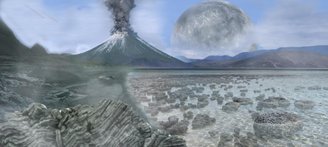
According to the team’s analysis, a temporary proliferation of iron-recycling microbes may have occurred shortly after the impact. These bacteria have been reported to contribute to important biogeochemical cycles. Influencing the composition of the atmosphere and early oceans. This activity certainly affected oxygen production, a fundamental step in the evolution of more complex life forms.
In the study, researchers state that the rock layers formed shortly after the impact of asteroid S2 are rich in siderite. This mineral, consisting of iron carbonate, suggests that iron was abundant in the environment where these rocks were formed. According to the study, “associated with organic matter” indicates activation of microbial cycles.
The conclusion is that “the S2 impact had positive and negative effects on life, possibly regional, if not global.” On the one hand, warming of the atmosphere and darkness killed phototrophic microbes (those dependent on the Sun) in the shallow water column. increase in nutrients and iron in the medium term Caused the most widespread microbial blooms on surface areas of the beach.
Searching for more “good” meteors
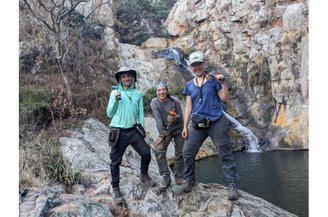
What Clues Does the Barberton Greenrock Belt Contain? More than eight ancient space rocks collidedDr. In addition to S2, Drabon’s team plans to continue exploring the region and look for evidence of the role of these meteorites in the emergence of life on Earth.
“We consider impact events to be catastrophic for life,” Drabon said. The early Earth geologist adds that, contrary to convention, this study highlights the benefits of impacts from space rocks falling on Earth for the development of life on the planet, “especially in the beginning.”
Did you like the content? Tell us on our social networks and get the opportunity to share the article with your friends. Until later!
Source: Tec Mundo
I’m Blaine Morgan, an experienced journalist and writer with over 8 years of experience in the tech industry. My expertise lies in writing about technology news and trends, covering everything from cutting-edge gadgets to emerging software developments. I’ve written for several leading publications including Gadget Onus where I am an author.



